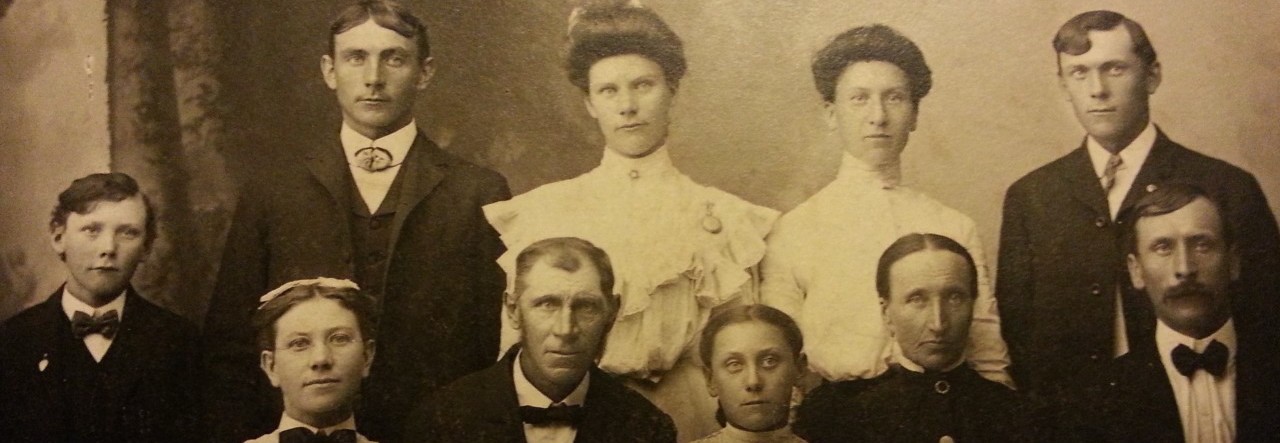Future Learn is an online educational site that offers a selection of courses from several different universities. They offer language courses, historical courses, writing courses, and pretty much anything you can imagine. The best part? They have FREE courses! If you choose, you can buy a Certificate of Achievement at the end of the course but that’s optional.
I have taken historical courses from them and recently took a six week genealogy course that was done by the University of Strathclyde in Glasgow, Scotland. If you are unfamiliar with that university, you should check out the link for some of their amazing courses they offer. Although pricey, they offer certificates and degrees in genealogical studies. Of course, their research is more UK based but you can take it online, which is a nice choice (although really, I wouldn’t mind if I had to go to Scotland!).
The course from FutureLearn is called Genealogy: Researching Your Family Tree. It starts 18 July and runs for six weeks. FutureLearn estimates the time per week to be about 4 hours and I’d say that’s at the maximum. You’ll likely spend less time than that per week depending on how much interaction you do.
Here is a rundown of the course:
- Ideal for beginners who are just getting into genealogy
- Great refresher for those who aren’t beginners – it’s always great to go back to the basics and be sure you haven’t missed anything. Not to mention, new ideas come out all the time!
- Ideal for those with UK ancestors as it discusses many of UK resources
- Shows how DNA can work into your genealogy
- Allows for discussion among classmates
The course is something that can easily fit into your schedule. You can take your time and do a bit each day, or spend a few hours on the weekend going through all the week’s lessons. Either way, it is easy to work in.
After taking the course just recently, here are my thoughts:
Pros
- Nicely paced – very easy to follow along
- All videos have a transcription – this is wonderful when they begin to discuss DNA. You can download the transcription for further study as it can be complex at times.
- Solid methodology
- Includes how to do citations (always a pro for me!)
- Includes resources for UK research
Cons
- Includes resources for UK research – this is both a pro and a con. If you don’t have UK ancestors, then a lot of the resources may not be useful to you. The instructor does mention US resources too, but as the course is done by the University of Strathclyde in Glasgow, Scotland, it makes sense it would focus on records available there. Just something to be aware of.
- Really, this isn’t a con, but more of something to keep in mind – this course is taught by University of Strathclyde, as already mentioned, which means that they use different terms than genealogists in the United States will. In the first week, you’ll discuss source types and this is where the US and the UK differ quite a bit:
- US: Original source = UK: Primary Source – this is the first form of something and normally created close to the event – historical fields in the US also call these primary sources
- US: Secondary = UK: Derived Primary Source – these are normally a step away from the original. So an index, a transcription, an abstract, etc. Someone used the original to create those and since it goes through another person, there’s more room for error.
- US: Authored = UK: Secondary Source – the US description is self-explanatory really. These are resources where someone else has looked through research and put together an analysis or interpretation. Historical fields in the US also call these secondary sources.
Why does the US differ on this? Because when genealogists in the US analyze the source, we identify the information in it as primary or secondary. For example, a death certificate is an original source. The death information is primary, meaning it comes from a person who was there at the time of the event, like the doctor who attended the death (normally – I’m sure there could be an exception to this). However, the birth information can be secondary, meaning it comes from a person who was not there at the time of birth, like the spouse or child of the deceased.
This isn’t a bad thing, it’s just something to keep in mind if you are in the US doing research as you’ll notice the change in these terms. For more information, and a good website to book mark, see Evidence Explained QuickLesson 17: The Evidence Analysis Process Map.
Overall Response
I do recommend this course for beginners to experienced genealogists. It’s a lot of fun, has great information, included new (to me) research resources, and I always enjoy interacting with other genealogists. The six weeks flew by for me and I had no problem fitting it into my schedule and found the website very easy to use.
So, what are you waiting for? Go sign up! 🙂










![By not mentioned [FAL], via Wikimedia Commons](https://i0.wp.com/www.copperleafgenealogy.com/wp-content/uploads/2015/06/Background_brick_wall-e1433273381809.jpg?resize=500%2C331)